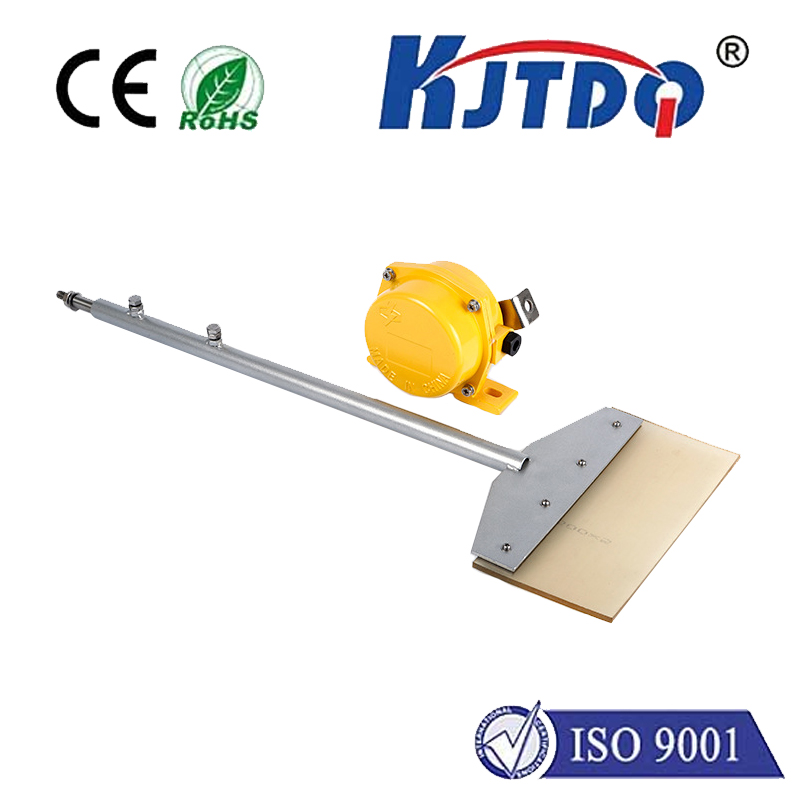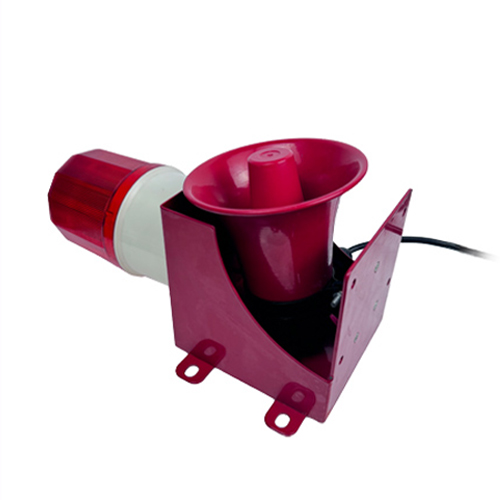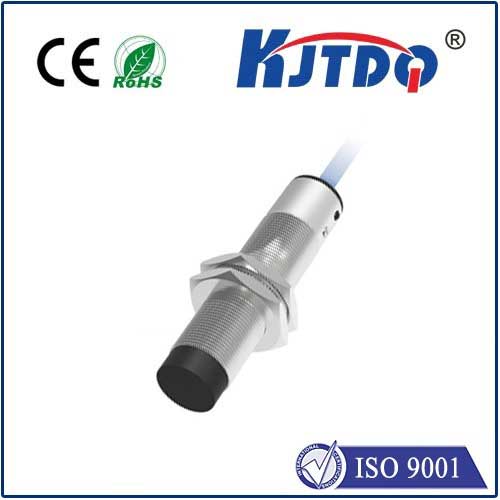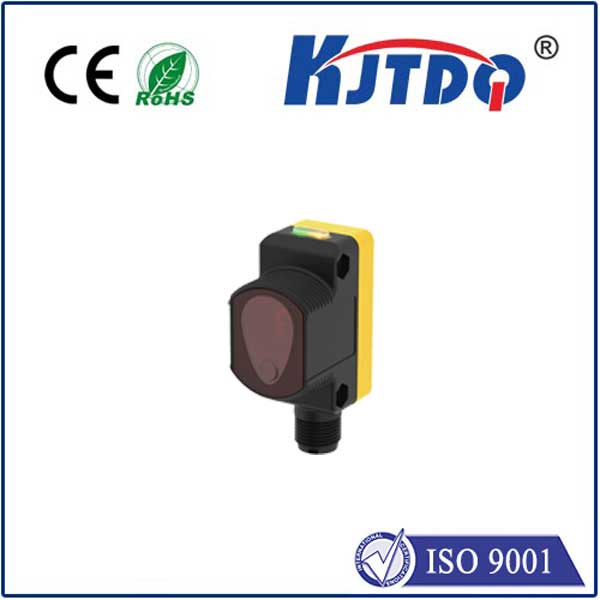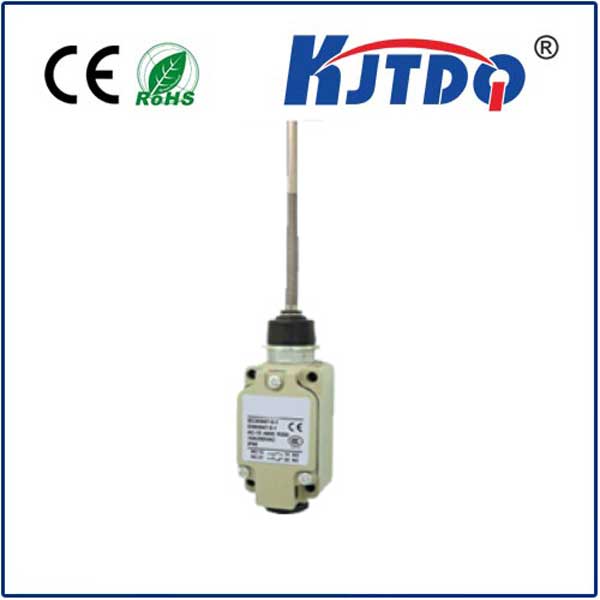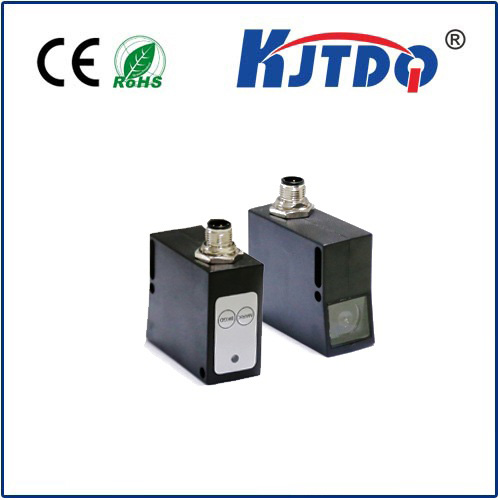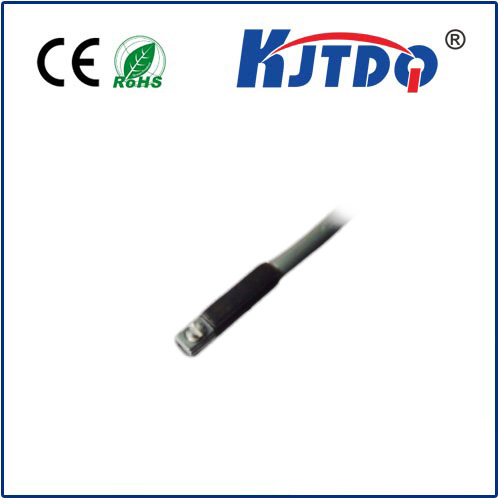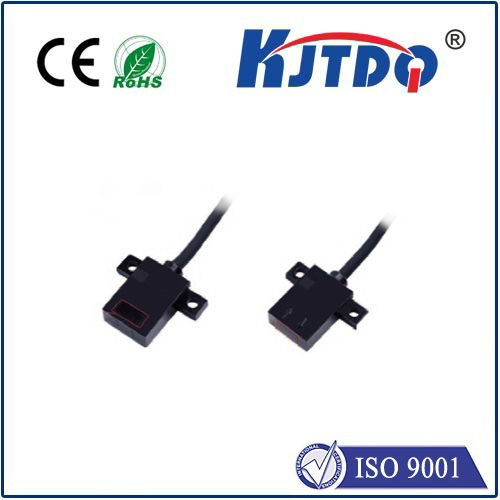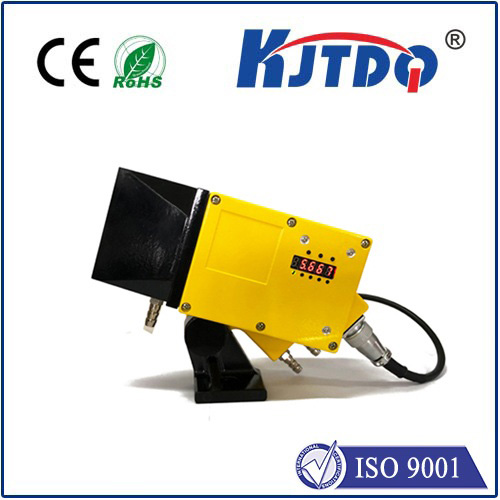high precision laser distance sensor
- time:2025-09-08 15:34:03
- Click:0
Unlocking Precision: The Science and Applications of High-Precision Laser Distance Sensors
Ever wished for a measuring tool that could capture millimeter-level accuracy, even over several meters, without ever needing to touch the object? That’s the remarkable capability offered by high precision laser distance sensors. These advanced devices have transformed countless industries, moving far beyond simple tape measures or even older electronic methods to deliver unprecedented non-contact measurement accuracy and speed.
How Do They Achieve Such Pinpoint Accuracy?
The core principle often relies on ingenious methods. Two dominant technologies power most high-precision sensors:

- Laser Triangulation: This is arguably the most common for close-range, exceptionally high precision.
- A precisely focused laser beam is projected onto the target surface.
- The diffusely reflected light (scattered in many directions) is captured by a sensitive receiver lens located at a known angle relative to the laser emitter.
- As the target distance changes, the position where the reflected spot lands on the receiver (typically a CCD or CMOS linear array) shifts.
- Simple trigonometric calculations instantly convert this spot position into an extremely accurate distance measurement. This method excels at resolutions down to microns over shorter distances (millimeters to centimeters).
- Time-of-Flight (ToF): More suitable for longer ranges while maintaining high precision.
- A short pulse of laser light (or a modulated continuous wave) is emitted towards the target.
- The sensor precisely measures the incredibly small time delay (
Δt) between emitting the light pulse and receiving its reflection.
- Since the speed of light (
c) is constant (approximately 300,000 km/s), the distance (d) is calculated as d = (c * Δt) / 2. Advanced phase shift techniques are often used with modulated lasers for even higher precision over extended ranges (meters to hundreds of meters), achieving millimeter-level accuracy.
The Hallmarks of High-Precision Laser Sensors
What sets these sensors apart? Here are their defining characteristics:
- Exceptional Accuracy and Resolution: Capable of resolving differences down to microns, sub-microns, or single millimeters depending on the model and technology (triangulation vs. ToF). This is the core of “high precision”.
- Non-Contact Operation: Absolutely crucial for measuring delicate, hot, moving, vibrating, or otherwise inaccessible surfaces without causing damage or distortion.
- High Speed and Responsiveness: Measurements are captured thousands of times per second, enabling real-time monitoring of dynamic processes.
- Relatively Long Standoff: While triangulation excels at short ranges, modern laser distance sensors based on ToF offer high precision measurements from centimeters up to hundreds of meters.
- Small Spot Size: Laser light focuses into a tiny spot, enabling precise measurement of small features or targets. Advanced optics allow for controlled spot size variation.
- Digital Output: Seamless integration with PLCs (Programmable Logic Controllers), SCADA systems, robotics, and data acquisition software via interfaces like analog voltage/current, RS232, RS485, Ethernet, EtherNet/IP, or PROFINET.
Where Precision Makes All the Difference
Thanks to these capabilities, high-precision laser distance sensors are indispensable across a vast spectrum of applications demanding accuracy, speed, and non-contact measurement:
- Industrial Automation & Quality Control:
- Precise Positioning: Guiding robotic arms for tasks like pick-and-place, welding, or precise material handling.
- Thickness Gauging: Continuous, non-contact measurement of sheet metal, glass, film, paper, or coatings during production.
- Warpage & Flatness Inspection: Detecting minute deviations in panels, electronic components (PCBs), or machined parts.
- Vibration Analysis: Monitoring subtle machinery vibrations critical for predictive maintenance.
- Fill Level Control: Accurate monitoring of liquid or bulk solid levels in tanks/silos, even through glass.
- Dimensional Inspection & Metrology:
- Automated part inspection for conformance to CAD models.
- Verifying complex geometries and profiles in manufacturing (e.g., automotive, aerospace components).
- Precise positioning in coordinate measuring machines (CMMs) or as standalone gauging stations.
- Construction & Civil Engineering:
- Monitoring structural deflection (bridges, buildings) over time with high accuracy.
- Tunnel profile monitoring during boring operations.
- Precise alignment of large machinery or structures.
- Robotics & AGVs (Automated Guided Vehicles):
- Enabling precise navigation, obstacle detection, and spatial awareness through laser distance measurement.
- Localization and mapping (SLAM - Simultaneous Localization and Mapping).
- Laboratory & Research:
- Material science research (expansion, contraction studies).
- Position feedback in high-precision experimental setups.
- Microscopy stage control.
- Medical & Scientific Equipment:
- Providing crucial position feedback in surgical robotics.
- Precision movement control in diagnostic or imaging equipment.
- Pharmaceutical powder processing monitoring.
Choosing the Right High-Precision Laser Sensor
Selecting the optimal sensor requires careful consideration:
- Required Precision & Resolution: Microns, tens of microns, or millimeters?
- Measuring Range: From millimeters to hundreds of meters?
- Target Surface: Does it have low reflectivity (dark, matte, rough)? Some sensors handle challenging surfaces better than others.
- Environmental Conditions: Exposure to dust, mist, strong ambient light, or temperature extremes? Special enclosures or lens purge systems might be needed.
- Spot Size: Does the feature size require a very small spot?
- Sampling Rate: How quickly do you need measurements?
- Output Interface: What system does the sensor need to connect to?
- Mounting Constraints: Size and physical mounting limitations?
Addressing Common Precision Queries (FAQ)
- Q: Can ambient light affect laser sensor accuracy?
A: While modern high-precision sensors incorporate sophisticated optical filters and often use modulated laser light to minimize interference, extreme ambient light conditions can still pose challenges. Selecting models designed for industrial environments is crucial.
- Q: Are they safe for eyes?
A: Most industrial laser distance sensors fall into Class 1 or Class 2 laser safety categories, meaning they are safe under normal operating conditions. Always verify the laser class specified by the manufacturer.
- Q: How do they compare to ultrasonic sensors?
A: Laser sensors offer significantly higher precision, smaller spot size, and faster response times. Ultrasonic sensors are generally lower cost and can handle dirty environments slightly better but suffer from larger beam angles and lower accuracy.
- Q: Do all materials reflect laser light equally well?
A: *No. Very dark, matte, transparent, or highly reflective surfaces can be challenging. Sophisticated high













